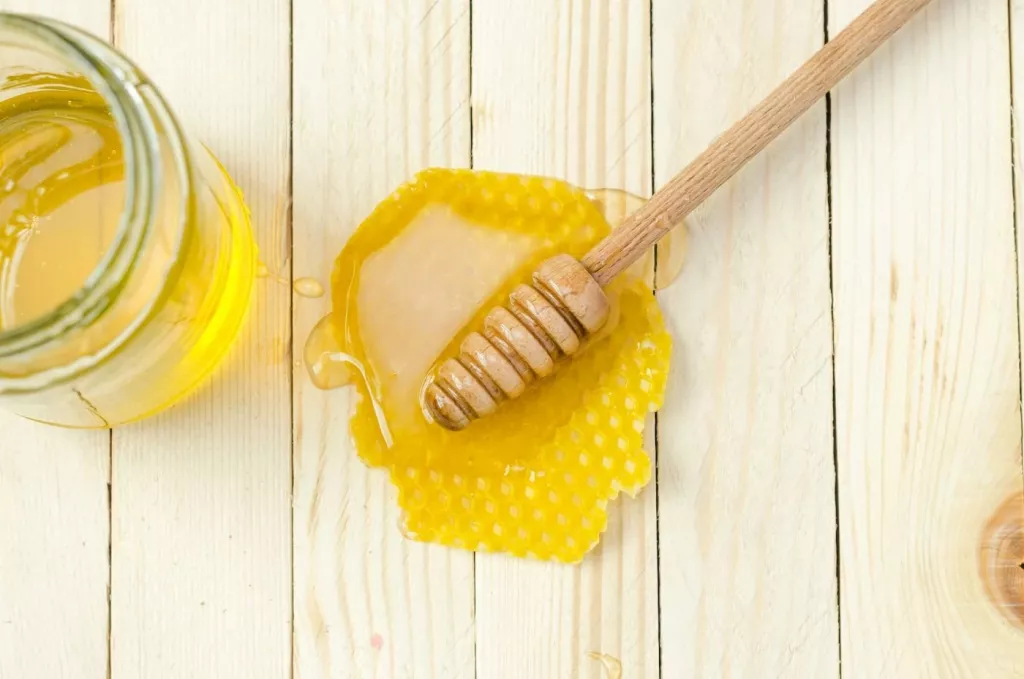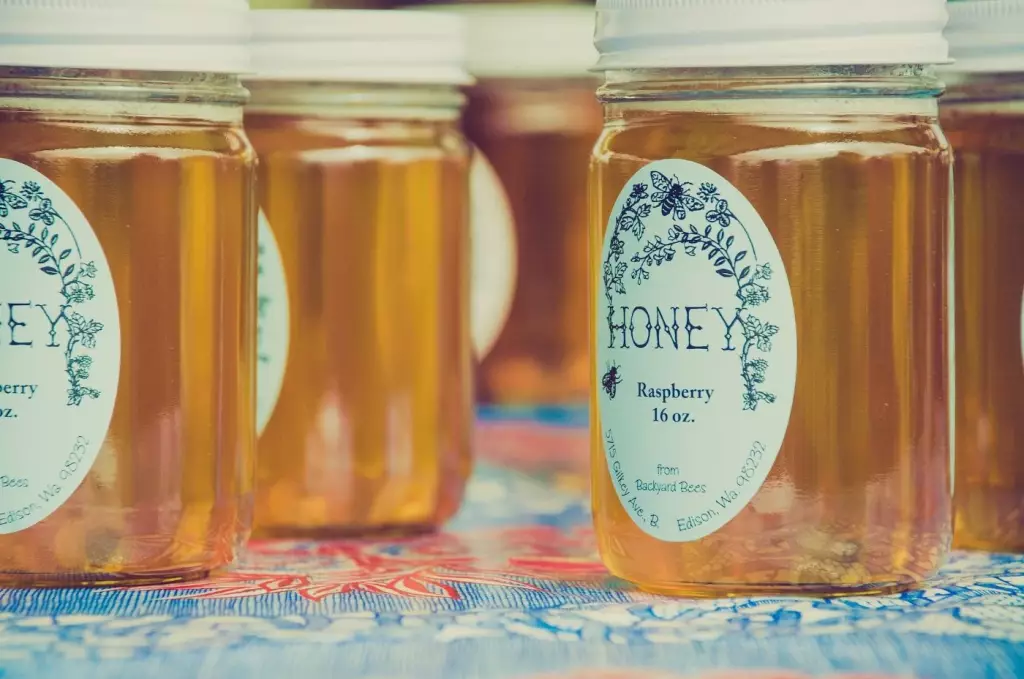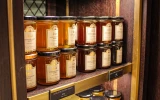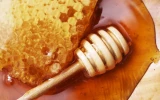Why Some Honey Doesn't Crystallize: The Surprising Truth
The color and texture of honey that we usually see range from dark brown to an amber, viscous liquid. But apparently, pure honey changes its characteristics and becomes crystallized. It might get you wondering why some honey doesn’t crystallize. Let's find out the buzzing truth.
Some varieties of honey, like Acacia, Sage, and Tupelo, do not crystallize because they have a higher fructose content than glucose. But if your honey isn’t any of this variety and does not crystallize even after a long time, it could indicate that the honey is adulterated, diluted, or pasteurized.
Now, if your honey doesn’t crystallize, would it mean it’s fake? Will it be bad to consume? Keep reading to find out.
Summary
- Honey variants like Acacia honey, Tupelo honey, and Sage honey have a very slow crystallization rate, or sometimes they will never crystallize at all.
- Some honey doesn't crystallize because it is fake or because it is already filtered and pasteurized.
- An adulterated or fake honey will never crystallize the same way as pure and natural honey.

On this page:
The Truth About Why Some Honey Doesn’t Crystallize
When your recently purchased honey solidifies abruptly, do not fret. Solidified honey is what we call crystallized honey. Honey crystallization is a natural process that does not affect the quality or flavor of the honey. This process is common to raw, unfiltered, and unheated honey.
Honey crystallizes because it is a supersaturated solution. A supersaturated solution means that the amount of solute exceeds the maximum amount that can be dissolved. Honey has more sugar (solute) than water (solvent). The water cannot hold the abundant sugar content, therefore making the solution unstable.
For the solution to reach stability, the sugar content of honey will precipitate out of the solution, separate from the water content, and form crystals. One crystal formation leads to another until the honey thickens and eventually solidifies.
Now, not all honey crystallizes at the same rate, and some don’t crystallize at all. Several factors affect the rate at which honey crystals form as well as how big they can be, and these include the honey composition, temperature, and the presence of catalysts.
Composition of honey
Honey is composed of glucose and fructose. The amount of each determines how fast honey will crystallize. Glucose has lower solubility than fructose. This means that honey with a higher glucose content than fructose will have a higher tendency to form crystals faster. Examples of honey with a higher glucose content than fructose are clover honey, lavender honey, and dandelion honey.
On the other hand, honey with a higher fructose content than glucose will crystallize slower, sometimes never at all, such as Acacia, Sage, and Tupelo honey.

Temperature
The optimal temperature to keep honey in its natural state is room temperature, which is between 70 and 80°F. If the temperature drops below 50°F, the honey will crystallize.
Honey in grocery stores doesn’t crystallize because it has undergone pasteurization. This process subjects honey to high heat to kill the microbes in it, therefore delaying the process of crystallization. Pasteurization ensures a longer shelf life for honey being sold, keeps it nice and smooth in texture, and makes it safe for human consumption.
Presence of catalysts
The presence of microscopic bits of pollen, beeswax, or propolis serves as catalysts from which sugar crystals can form, hence hastening the rate of honey crystallization. Filtered honey does not have these catalysts. It is so clear and shiny that any fine particles, even air bubbles, in the honey will be removed.
Removing catalysts slows down crystallization, but the problem is that honey will lack the health benefits it once had when it was raw and unfiltered.
In general, if your honey falls on the varieties of Acacia, Sage, or Tupelo, which all have higher fructose levels than glucose, honey will crystallize slowly or never at all. At the same time, honey that has undergone pasteurization and filtration, such as those being sold in grocery stores, will have delayed crystallization.
An Adulterated Honey Will Never Crystallize
If your honey doesn’t crystallize, it doesn’t necessarily mean it’s fake. But if it does not fall under the above conditions, it might be what we call adulterated honey.
Adulterated honey is honey that has added products such as honeydew, glucose, dextrose, molasses, sugar, sugar syrup, or any other similar product or products, aside from the nectar from which bees make them. Since crystallization is a natural process for raw, unfiltered honey, other honey types may take a longer period of time before they crystallize. Real honey crystallizes over a long period of time, especially if kept in a cooler area.
Fake or adulterated honey, however, will not crystallize the same way. In fact, they will retain the same consistency as always. You may be able to see some sugar crusting on top of the jar, but these may be attributed to sugar syrups crystallizing, but the actual honey inside will remain uncrystallized.
Spotting an Adulterated or Fake Honey

Honey is said to be the third most faked product in the world. In the United States, 400 million pounds of honey is used up each year. Some manufacturers dilute honey and add sugar syrups to make it look like honey.
There are several ways to spot a honey dupe by doing the following tests:
Crystallization test
Real and raw honey will crystallize over a period of time, since bees use a special enzyme called glucose oxidase to achieve this thick consistency. Adulterated honey, on the other hand, has the same consistency all throughout.
Water test
Real honey will not easily mix with water. If you drop a teaspoon of real honey in a glass of water, it will just settle at the bottom of the glass and will require stirring. Adulterated honey, however, easily dissolves in water without trying.
Microwave test
Add 2 teaspoons of honey in a microwavable container and heat it for 45 to 60 seconds. If the honey caramelizes quickly, it is real natural honey. If it turned foamy and bubbly, it’s highly likely that it’s fake.
Paper test
Drop 2 teaspoons of honey on a paper towel or napkin. Pure honey will remain solid and will not soak the paper. If the paper got soaked and the honey pierced through it, it’s a fake honey.
Bread test
Evenly spread honey on a slice of bread. If the bread became crusty on top after a few minutes, it is real honey. If the honey is fake, the bread will become waterlogged, because the moisture content of fake honey varies from real honey.
While manufacturers should ensure the viability and realness of their honey products, as consumers, we must be responsible also in selecting the honey products that we consume. While we can go for honey variants that are smooth and nice-looking, we cannot always get benefits from these filtered and factory-made honey. We might even run on buying a fake one.
It’s always a better idea to choose raw, unfiltered honey, especially if we are after the health benefits, even though they can crystallize over time.


